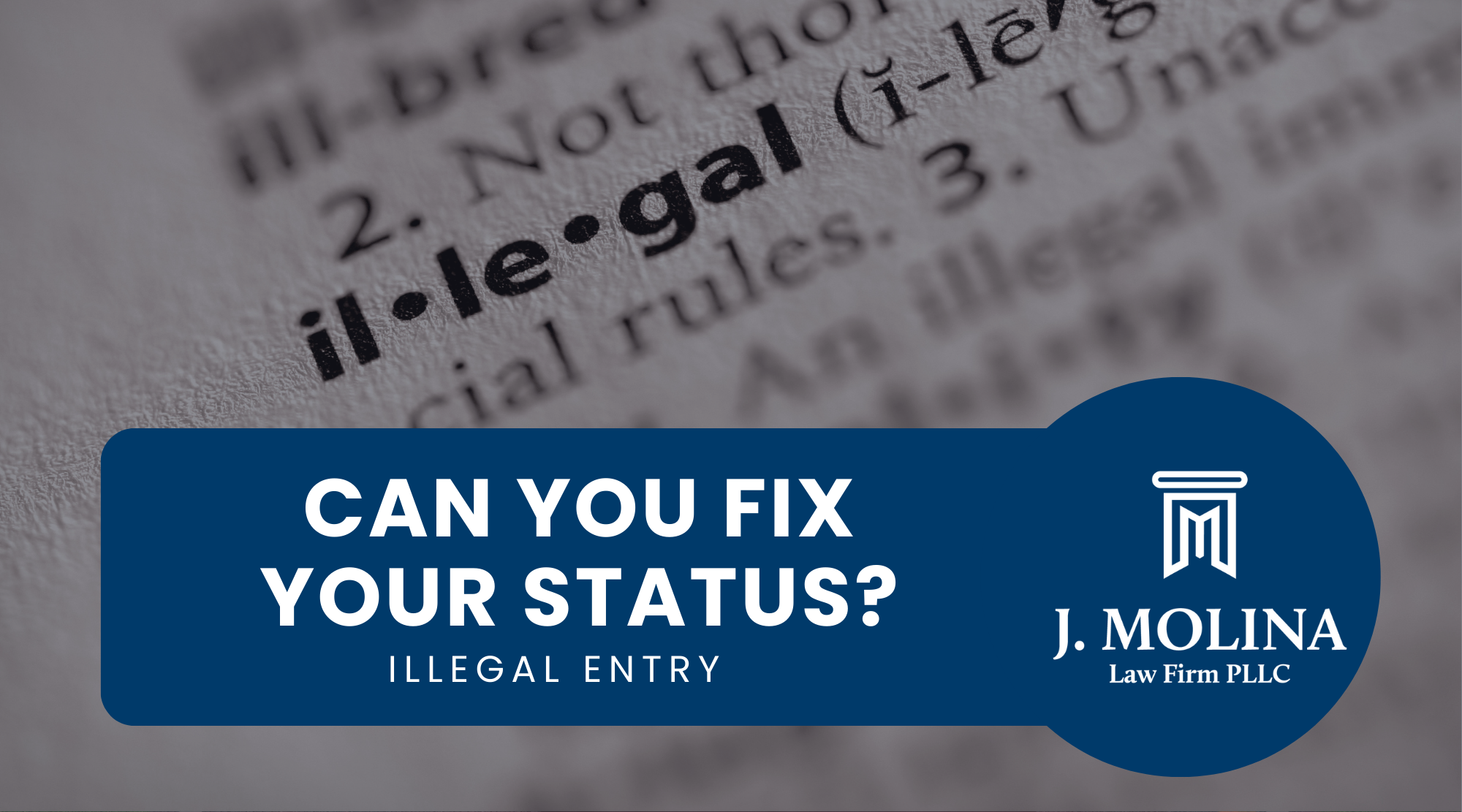For many immigrants, reuniting with loved ones in the United States is not just a dream—it’s a deep emotional need. But in 2025, navigating the family-based immigration system can feel overwhelming, with long wait times and strict procedures. The good news is that there are practical steps you can take to help bring your family together faster.
Who Qualifies and What to Expect
Family-based immigration is divided into two categories. First, there are Immediate Relatives of U.S. Citizens—spouses, unmarried children under 21, and parents. These cases are not subject to annual visa limits and typically process faster, often in less than 15 months.
Then, there are Family Preference Categories, which include siblings, adult children, and relatives of lawful permanent residents (green card holders). These cases face annual caps and much longer wait times. For example, a U.S. citizen sponsoring a sibling may wait over 15 years, while a green card holder sponsoring a spouse or child may face a delay of nearly three years.
What You Can Do to Reunite Faster
File as Soon as You’re Eligible
Don’t wait. The sooner you file your petition—whether it’s Form I-130 for family members or Form I-730 for refugees or asylees—the sooner your case enters the processing queue. Every month counts.
Keep an Eye on the Visa Bulletin
If your case falls under the family preference category, you need to monitor the monthly Visa Bulletin published by the Department of State. It tells you when your turn is coming based on your priority date and category. In May 2025, some categories advanced significantly—an important reminder to stay updated.
Submit Accurate and Complete Forms
One of the most common reasons for delays is incomplete or incorrect paperwork. Always double-check that all documents are signed, translated if necessary, and supported with strong evidence. For marriage-based cases, include solid proof of a real relationship, like joint finances, shared housing, or children.
Consider Requesting Expedited Processing
If there’s an urgent humanitarian reason, financial hardship, or U.S. government interest involved, you may qualify for expedited processing. These requests require strong documentation and are reviewed on a case-by-case basis. An immigration attorney can help you build a strong request.
Apply for Adjustment of Status When Possible
If your family member is already in the U.S. and meets eligibility requirements, applying for adjustment of status (Form I-485) can be quicker than going through consular processing abroad. But eligibility depends on many factors, so always consult a legal professional.
Stay Informed on Policy Changes
Immigration rules and backlogs change frequently. In recent months, processing times have improved in some categories. Staying up to date with USCIS announcements and Visa Bulletin updates ensures you don’t miss important opportunities.
Get Help from Legal and Community Resources
Working with an immigration lawyer can help you avoid mistakes and delays. Many local nonprofit organizations also offer support, especially in areas with large immigrant communities like Texas, California, and New York.
Don’t Navigate the Process Alone
Family reunification can be one of the most meaningful journeys in a person’s life—but it’s also one of the most complicated. At J. Molina Law Firm, we understand what’s at stake. Our team helps families navigate the immigration system with experience, care, and strategy.
If you’re ready to reunite with your loved ones, reach out to us today. Let’s bring your family together—faster and with confidence.



